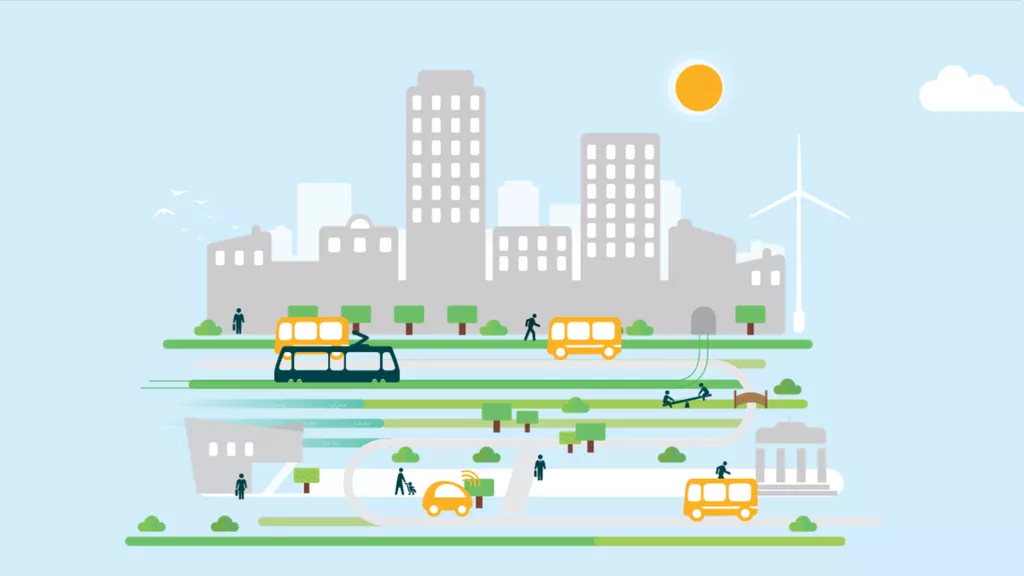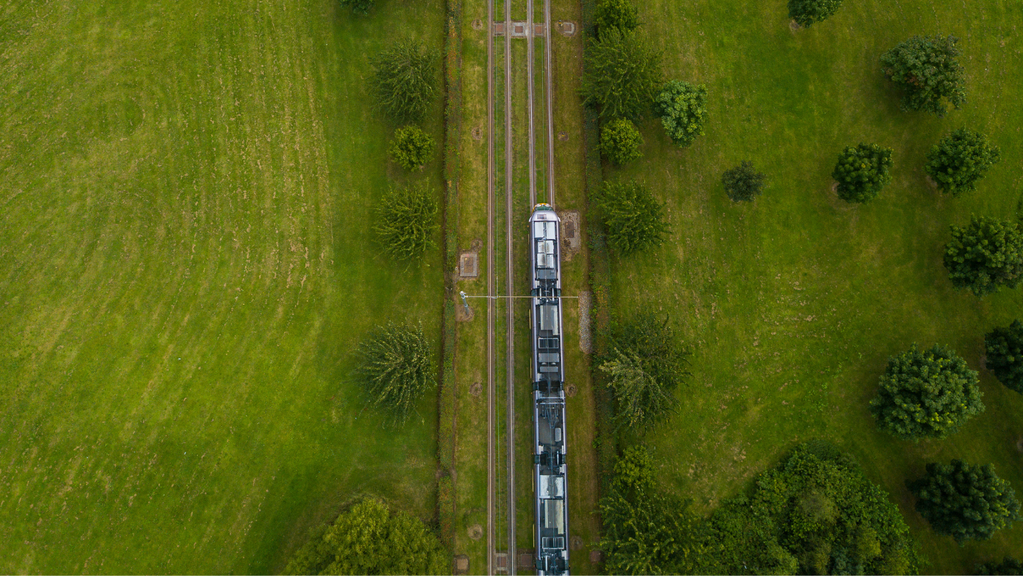
Public transport powered by knowledge: UPPER launches two new tools for smarter mobility
One platform, two complementary tools
What drives better public transport? At UITP, we strongly believe it starts with collaboration. Not just in name, but through active, ongoing exchange. That means sharing experience, thinking critically, drawing on evidence, embracing diverse perspectives, and building scalable solutions.
But dialogue alone is not enough. Collaboration must translate into results. That’s precisely what the idea behind the newly launched UPPER tools: bridge knowledge with implementation.
Developed by UPPER project partners, POLIS and Eurocities, these tools are part of the wider UPPER Toolkit and are hosted on a dynamic digital platform that serves as a central hub for cities, operators, and mobility professionals to connect, learn, and implement. Because a truly sustainable mobility future can only happen when the right knowledge is accessible, and the right tools are in hand!
Lasting legacy of UPPER with U-KNOW and U-TRANSFER
As UPPER approaches its final year in 2026, its legacy is already taking shape with the new integrated platform. Designed to extend far beyond the borders of the project’s cities and regions, the platform makes public transport knowledge more accessible, more shareable, and above all, more usable.
Accessible at publictransportknowledge.eu, the platform features two complementary tools that, together, form a practical bridge from knowledge to implementation. The platform is continuously updated and quality-checked, with content from UPPER and other aligned initiatives.
Join the growing European mobility community with UPPER
The platform isn’t meant just for browsing, or to stand still. It’s built to evolve with the public transport community. If you’ve created a useful tool, written a relevant study, or led a successful public transport initiative, your contribution could help others do the same.
Submissions are open through the dedicated webpage. Good new is: everyone is invited – city planners, researchers, operators, and citizens alike. Because when we approach a topic from different directions, we uncover new dimensions. The conversation around public transport becomes ongoing and dynamic. Fresh ideas feed better systems. Better systems lead to more liveable cities.
In short: UPPER is excited to welcome your contributions!
And what better place to embody that spirit of shared knowledge and collaboration than in person?
From 20 to 21 May 2025, Oslo opened its doors to more than 60 mobility professionals during the sixth UPPER General Assembly. Hosted by Ruter, Oslo’s public transport authority, the gathering brought passionate minds under the Nordic sun.
The programme featured project updates, thematic workshops, and an insightful technical visit, all framed by honest discussions on progress and ongoing challenges. Once again, UPPER’s Assembly reflected the work behind the computers: collaborative, innovative, and committed to making mobility better for all.
Oslo: a model for sustainability
Once a green capital, always a green capital! During the General Assembly, participants experienced Oslo’s sustainability journey firsthand: from scenic routes through the fjords (yes, your public transport ticket gets you there, thank us later!) to the quietness of a capital served by an (almost) fully electric bus fleet.
But Oslo’s efforts don’t stop there. The city is actively promoting walking and cycling as everyday alternatives to private car use.
Private car ownership is probably one of the biggest sustainability issues faced by the city of Oslo. And at Ruter, we firmly believe that the way to tackle this, both in the shorter and the longer term, is for public transport to provide a variety of different travel options suitable to anyone’s needs.
Take, for example, the rise of on-demand automated vehicles as a new mobility solution. Ruter organised a technical visit to Oslo’s Groruddalen Valley, where these vehicles are currently being tested under the ULTIMO project, with UITP proudly participating as a partner.
The pilot explores how self-driving shuttles can improve service in low-density areas and expand public transport coverage. These fully automated vehicles, still in the testing phase, are being trialled in real traffic conditions, including highways, roundabouts, and pedestrian zones, with the aim of operating without safety drivers. The goal is to offer flexible, on-demand service that complements existing public transport and meets local needs. Learn more about the Groruddalen Valley demo site on the ULTIMO Project website.
From shadows to shared streets: accessibility in Olso
Like the distant figures in a Munch painting, too many passengers still find themselves left behind in their journey through public transport. Accessibility and inclusion were important topics covered during the General Assembly, with Ruter hosting an immersive workshop based on the Mind the Gap initiative.
Participants were invited to experience the transport system through the lens of people with reduced mobility, highlighting the everyday barriers still faced by many. The exercise served as both a learning moment and a wake-up call, encouraging attendees to reflect on how, despite progress, many cities, including those within the UPPER project, are still far from achieving truly inclusive mobility.
The session embodied UPPER’s principle of Mobility as a Right (MaaR): a call to rethink how we design and deliver transport systems that serve everyone, everywhere – a reminder that the road to equality runs straight through public transport.
The UPPER mission continues
What Oslo showed us is this: when mobility works for everyone, cities become more connected, more equitable, more human.
UPPER’s mission doesn’t end with reaching milestones. It continues in policies, in workshops, in community input. It continues in every city that chooses to put public transport at the centre of everyday life.
The UPPER consortium left Oslo energised and inspired to go even further. As Francesco Iacorossi of Eurocities said: “If a picture is worth a thousand words, then a video is worth a million.” So don’t just read about the energy – watch it!
To borrow from Munch, UPPER is painting the present – and future – of public transport with bolder lines!








